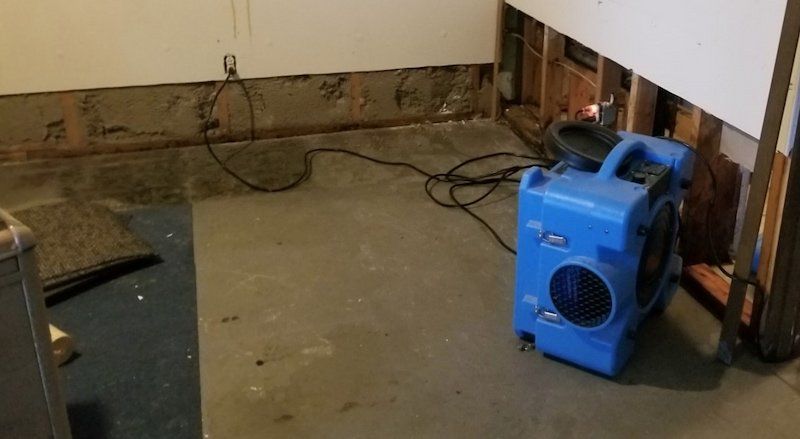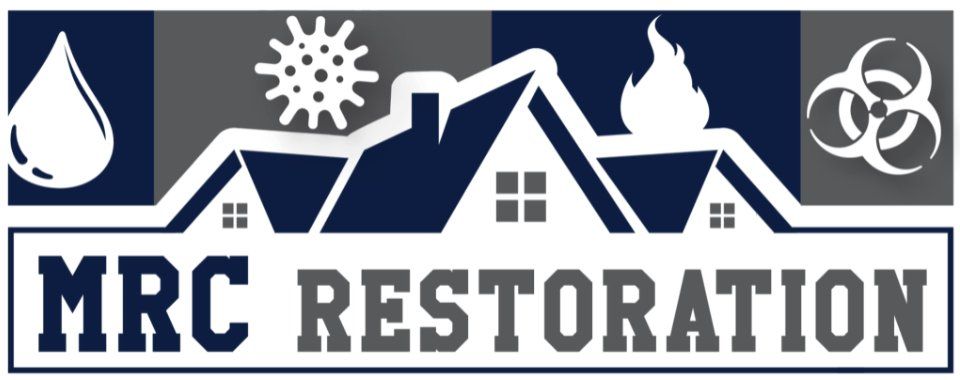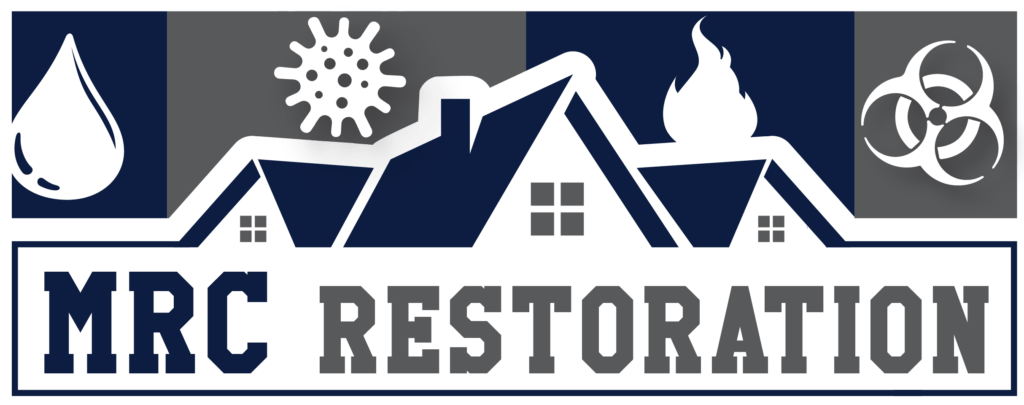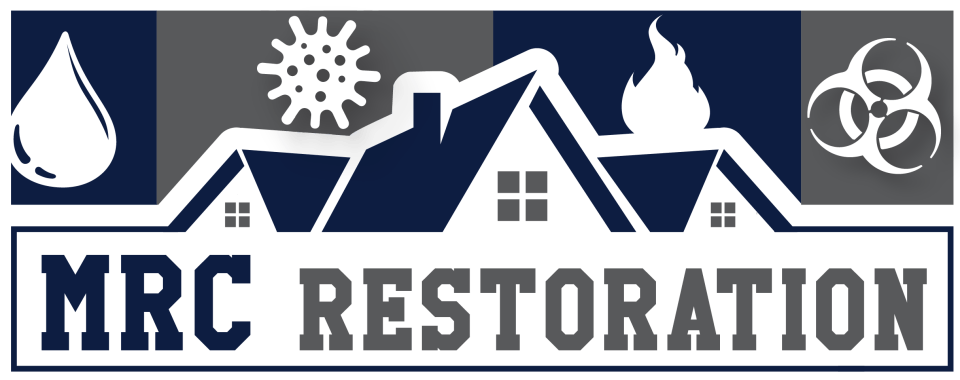Call the Trusted Local Leader Today!
Commercial Water Damage Restoration
Commercial Water Damage Restoration by MRC Restoration
When it comes to commercial water damage restoration, choosing the right professional service is crucial for minimizing downtime, ensuring proper remediation, and protecting your property from further damage. MRC Restoration stands out as a reliable choice for several reasons:
- Rapid Response Time: Time is of the essence when dealing with water damage. MRC Restoration understands this and offers 24/7 emergency services, ensuring prompt response to minimize the extent of the damage.
- Experienced and Certified Professionals: The team at MRC Restoration consists of highly trained and certified technicians who possess the knowledge and expertise to handle ['commercial water restoration', 'commercial water damage', 'commercial water clean up', 'commercial water removal'] effectively.
- Advanced Equipment and Techniques: MRC Restoration utilizes state-of-the-art equipment and follows industry-approved techniques to ensure thorough water extraction, drying, and dehumidification processes.
- Comprehensive Services: In addition to water removal and drying, MRC Restoration offers a range of services, including mold remediation, content restoration, and reconstruction, providing a one-stop solution for all your ['commercial damage restoration', 'commercial water mitigation', 'commercial water remediation'] needs.
- Insurance Claim Assistance: Navigating insurance claims can be a daunting task. MRC Restoration simplifies the process by working directly with insurance companies, handling documentation, and ensuring a smooth claims process.
By choosing MRC Restoration for your commercial water damage restoration needs, you can rest assured that your property is in capable hands, and the restoration process will be handled efficiently and professionally.

Get A Free Quote
For more information or to schedule service, complete the form below or call us at (573) 315-6143.
Contact Us
We will get back to you as soon as possible.
Please try again later.
Water Damage Restoration Process
The commercial water damage restoration process typically involves the following steps:
- Emergency Response: As soon as water damage is detected, it's crucial to act quickly. MRC Restoration offers 24/7 emergency services to respond promptly and mitigate further damage.
- Inspection and Assessment: Upon arrival, the team conducts a thorough inspection to identify the source of the water intrusion, assess the extent of the damage, and develop an appropriate restoration plan.
- Water Extraction: Using powerful pumps and truck-mounted vacuum units, the technicians extract standing water from the affected areas, ensuring efficient and complete removal.
- Drying and Dehumidification: After water extraction, specialized equipment such as air movers and dehumidifiers are strategically placed to dry out the affected areas and prevent mold growth.
- Structural Drying: In cases of severe water damage, the team may need to remove drywall, flooring, or other building materials to facilitate drying and prevent further damage to the structure.
- Cleaning and Sanitizing: Once the drying process is complete, the affected areas are thoroughly cleaned and sanitized to eliminate any remaining contaminants or odors.
- Restoration and Reconstruction: Depending on the extent of the damage, MRC Restoration can provide restoration services, including drywall replacement, flooring installation, and other necessary repairs or reconstruction.
Throughout the process, MRC Restoration's certified technicians follow industry-standard protocols and utilize advanced equipment to ensure a comprehensive and effective ['commercial water damage cleanup', 'commercial water removal', 'commercial water mitigation', 'commercial water remediation', 'commercial flood restoration'] process.
Common Water Damage Sources
Commercial properties can experience water damage from various sources, some of which are:
- Plumbing Leaks: Burst pipes, faulty plumbing fixtures, or aging water supply lines can lead to significant water intrusion, causing extensive damage to floors, walls, and ceilings.
- Appliance Malfunctions: Leaks from appliances like water heaters, dishwashers, washing machines, or refrigerators can result in water accumulation and potential mold growth if not addressed promptly.
- Roof Leaks: Damaged or improperly installed roofing systems can allow water to seep into the building during heavy rainfall or snowmelt, leading to water damage and potential structural issues.
- Sewage Backups: Clogged or overflowing sewage lines can cause contaminated water to enter the property, posing serious health risks and requiring specialized remediation services.
- Natural Disasters: Floods, hurricanes, or severe storms can overwhelm commercial properties with excessive water, necessitating immediate water extraction and drying efforts.
- Sprinkler System Malfunctions: Faulty fire sprinkler systems or accidental activation can release large volumes of water, saturating the affected areas.
- HVAC System Leaks: Condensation from air conditioning units or leaks in the HVAC system can contribute to water damage, particularly in concealed areas like ceilings or walls.
Identifying and addressing the source of water damage promptly is crucial to mitigate further damage and facilitate an effective restoration process.
Minimizing Damage Before Professional Help Arrives
While waiting for professional help to arrive, there are several steps you can take to minimize further damage and facilitate a smoother restoration process:
- Safety First: Ensure the safety of everyone in the affected area by turning off the main power supply if there is a risk of electrical hazards. Evacuate the premises if necessary, especially in cases of sewage backups or potential structural instability.
- Stop the Water Source: If possible, locate and stop the source of the water intrusion, such as turning off the main water supply line or shutting off the appliance causing the leak.
- Remove Excess Water: Use mops, towels, or buckets to remove as much standing water as possible. This will help prevent further spreading and minimize potential water damage.
- Move Furniture and Valuables: Carefully relocate furniture, documents, and other valuable items to a dry area to prevent further damage. Avoid walking on wet carpets or floors to prevent the spread of contamination.
- Ventilate the Area: Open windows and doors to promote air circulation and help with the drying process. If possible, use fans or dehumidifiers to assist in removing moisture from the affected areas.
- Document the Damage: Take photographs or videos of the affected areas to document the extent of the water damage. This documentation can be helpful when filing insurance claims or working with restoration professionals.
Remember, while these steps can help mitigate further damage, it is crucial to avoid attempting any major repairs or restoration work on your own. Professional
water damage restoration services have the necessary equipment, expertise, and safety protocols to handle the situation effectively and prevent potential health hazards or structural issues.
Frequently Asked Questions
About Commercial Water Damage Cleanup
-
How much does Commercial water damage usually cost to fix?
Costs of water damage are determined by a range of factors including the size of the property, area, the extent of damage, and category of water. Insurance should cover the cost of most damage done to commercial properties. Determining the extent of damage and cost is highly based on the three different categories of water:
Clean Water is water that originates from a sanitary water source and does not pose a substantial risk if you are exposed to it and most materials are salvageable.
Grey Water is water that contains contaminants and may cause health issues upon exposure. Greywater usually contains levels of bacteria, mold, microorganisms, and other contaminants. Some materials may be salvageable while others may need to be disposed of.
Black Water is water grossly contaminated. It contains toxins or pathogens that cause significant reactions to health after exposure. Blackwater damage is usually caused by sewage leaks or backups. All exposed materials must be disposed of, and none is salvageable.
-
Can you fix commercial water damage yourself?
If you do not have experience in water restoration work, it is best to contact an expert to determine the amount of damage done and minimize the risks from hazards such as hidden damage, mold, and weakened structural materials. Most experts have the necessary tools to fix any water damage and make the extent of damage as minimal as possible.
-
What does Commercial water damage restoration include?
Confirming the extent of the damage. A visual check of damages will not be enough when dealing with water damage. Water can soak into many building materials without creating signs of damage until later. Using a moisture meter experts can determine the moisture content in the materials of the properties determining exactly where any damages and future hazards may occur.
Drying out the affected area. Wet vacuums are used to remove any free-standing water quickly, air movers and dehumidifiers are used to extract excess moisture from the air, moisture meters are used to track the moisture content in porous materials.
Removal of any damaged materials. Depending on the category of the water damage porous materials may need to be removed from the property to prevent mold growth and bacterial growth.
Everything is documented. Experts make sure to document every damage and every move they make to make sure you are getting the most from your insurance policy and have as much of the costs covered as possible.
-
Is commercial water damage cleanup covered by insurance?
Making sure your policy covers flooding is the best way to ensure your insurance will cover and water damage you may experience. Also, having experts document all damage and repairs made will help you get the most out of your insurance.
-
Saint Francois County
- Farmington
- Park Hills
- Bonne Terre
- Desloge
- Leadwood
- Bismarck
- Iron Mountain Lake
- Doe Run
- Terre du Lac
- French Village
-
Jefferson County
- Arnold
- Festus
- Imperial
- Hillsboro
- De Soto
- Pevely
- Herculaneum
- Barnhart
-
Washington County
- Potosi
- Mineral Point
- Caledonia
- Irondale
- Belgrade
- Cadet
- Richwoods
- Shirley
- Tiff
- Blackwell
-
Madison County
- Fredericktown
- Marquand
- Cobalt Village
-
Iron County
- Ironton
- Pilot Knob
- Arcadia
- Viburnum
- Annapolis
- Des Arc
- Glover
- Belleview
- Middle Brook
A Bit About Us
Why Hire Us?
1
Each Crew is IICRC Trained & Certified
2
Recommended by Insurance Providers
3
99.9% Satisfaction Rating
4
Google Rating of 5.0 from 40+ Reviews
GET A FREE QUOTE
When disaster strikes, you need to make sure your home or business is restored back to its original state. Our team of professionals will get to work quickly and efficiently to fix any issues caused by water damage. Rest easy knowing the job is in the right hands with MRC Restoration. Our skilled professionals are here to help you every step of the way. Making your life better is our priority.
MRC Restoration Provides Peace of Mind, in Uncertain Times.
When tough times hit, it's natural to feel overwhelmed. At MRC Restoration, we're here to support you through every step of the journey. We collaborate with your family to evaluate the situation, craft a personalized strategy, and execute it with precision, restoring your home or business to its former glory.

For Both Residential & Commercial Water cleanup, Fire and Smoke Damage Repair & Mold Remediation Services, Call the Trusted Local Leader Today for Your Evaluation!
Sitemap
Services
Hours
Friday - Open 24 hours
Saturday: Open 24 hours
Sunday: Open 24 hours
Monday: Open 24 hours
Tuesday: Open 24 hours
Wednesday: Open 24 hours
Thursday: Open 24 hours
All Rights Reserved | MRC Restoration
Website Design by: Big Stream Media

